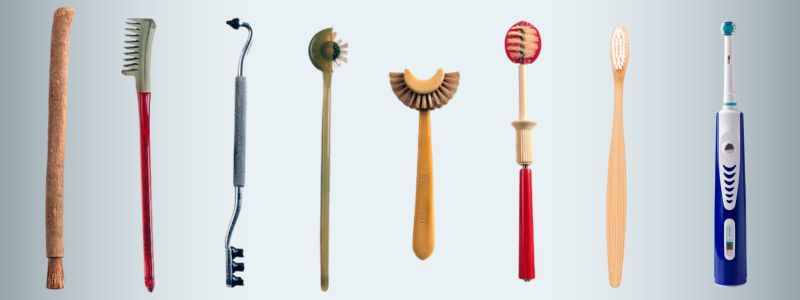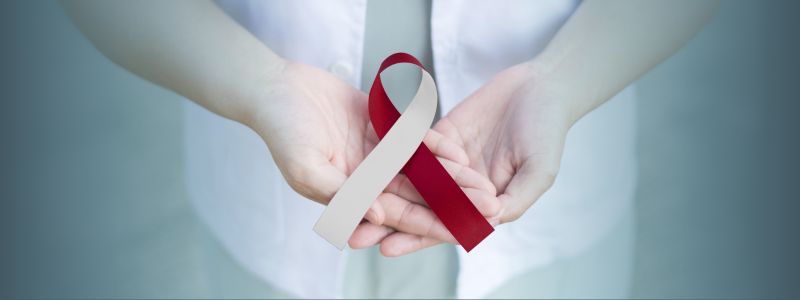As a profession, dental hygiene has come a long way over the years. From its humble beginnings to the integration of cutting-edge technology, the evolution of dental hygiene has played a vital role in the development of modern oral healthcare. Motivated by their passion for improving oral health and advocating for preventative measures, dental hygienists have become essential contributors within the oral healthcare team.
In this blog, we will explore the history of dental hygiene, discover who the first dental hygienist was, delve into when dental hygiene started, and discuss the impact of new technology on the profession.
Origin and History of Dental Hygienists
The history of dental hygiene dates back to ancient times when individuals used various tools and techniques to clean their teeth. But when did dental hygiene actually start? Check out the timeline below for a quick overview of the dental hygiene profession’s origins and how it has evolved over time.
3000 BC – 500 AD
- Ancient Egyptians used twigs and animal hair to make the first known toothbrush.
- Ancient Greeks and Romans practiced dental hygiene using various toothpastes and mouth rinses made from natural ingredients.
1728
- The father of modern dentistry, Pierre Fauchard, published a book on the importance of oral hygiene with instructions for teeth cleaning.
1844
- Dr. Horace Wells discovered the anesthetic properties of nitrous oxide, also known as laughing gas. This allowed for more invasive and extensive dental treatments without pain.
1845
- The American Journal of Dental Science recommended the practice of cleaning teeth with floss silk two or three times a day, marking the first known reference to preventive dental hygiene in an American journal.
1890
- This year marked the discovery that bacteria was responsible for tooth decay. To combat this, various dentists tried an idea called “Odontocure,” which involved a woman wandering around the neighborhood with a wooden stick, pumice, and a flannel rag to clean people’s teeth.
1895
- Wilhelm Conrad Röntgen discovered X-rays, providing dentists with a valuable diagnostic tool to aid in the detection of oral diseases and conditions.
1907
- Irene Newman began performing duties that Dr. Alfred Fones called those of a “dental hygienist” at their offices located on Washington Street in Bridgeport.
1913
- Fones opened the first dental hygiene school in Bridgeport, CT. He and Newman began instructing the first class of dental hygienists.
1914
- Fones employed graduates from his dental hygiene program to teach students in public schools about oral hygiene.
- His first graduates formed the Connecticut Dental Hygienists’ Association.
1917
- Connecticut became the first state to pass a dental hygiene law and issued the world’s first dental hygienist license to Irene Newman.
1921
- Michigan began recognizing dental hygiene as a profession.
- The University of Michigan began offering a one-year dental hygiene program.
1923
- The American Dental Hygienists’ Association (ADHA) was founded in Cleveland, OH, and headquartered in Chicago, IL.
Early 1950s
- Dental hygienists incorporated new tools such as ultrasonic scalers to help with more efficient and thorough dental cleanings.
1952
- By this year, all 50 states offered licensure programs for dental hygienists.
1957
- The ADHA eliminated membership restrictions based on race, creed, or color.
1960
- Columbia University offered the first master’s degree program in dental hygiene.
1964
- The ADHA Constitution was amended to eliminate the gender-specific term “female.”
1965
- After graduating from the University of New Mexico, Jack Orio became the first male dental hygienist. That same year, the American Dental Association amended its bylaws to ensure equal opportunities for male hygienists.
1967
- The ADHA issued recommendations for continuing education for dental hygiene.
1971
- Dental hygienist uniforms changed from dresses to pants, allowing hygienists to comfortably sit while tending to patients.
- A change in regulations allowed dental hygienists in Washington state to administer local anesthesia.
- The average wage for a dental hygienist was $6.00 per hour.
Mid-1970s
- Hygienists embraced the use of fluoride treatments as a preventive measure to strengthen tooth enamel and prevent tooth decay.
1985
- September 15-21 marked the first-ever National Dental Hygiene Week.
1990
- Local anesthesia administration by dental hygienists was legally allowed in 14 states.
1993
- The Bureau of Health Professions and the U.S. Department of Health and Human Services awarded a three-year grant to create the National Center for Dental Hygiene Research.
2012
- Local anesthesia administration by dental hygienists was permitted in 45 out of 50 states.
Dental Hygiene in the Modern Age
Over the years, the dental hygiene profession has grown beyond the conventional duties of tooth cleaning and polishing. Today, dental hygienists are at the forefront of patient care, advocating for preventive measures and early intervention.
Additionally, new technology in dental hygiene, such as digital imaging and electronic health records, have streamlined processes, improved accuracy, and enhanced patient care.
In recent years, the dental hygiene profession has also seen increased recognition and acceptance of expanded functions and responsibilities. In many jurisdictions, dental hygienists are now authorized to perform tasks such as administering local anesthesia, placing dental sealants, and providing certain restorative procedures under the supervision of a dentist.
Some of the technological advancements that have transformed the dental hygiene profession include:
- Cutting-edge tools like digital X-rays, 3D printing, and intraoral cameras enhance diagnostic capabilities and treatment effectiveness.
- Digital record-keeping allows professionals to securely store patient information, treatment plans, and radiographs, resulting in enhanced communication and efficient record management.
- Telehealth has allowed for remote consultations, assessments, and follow-ups, offering enhanced accessibility and an improved patient experience.




